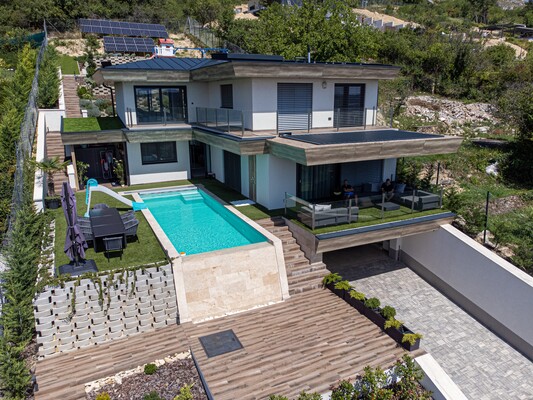Hungary also saw an increase of new homes added to the market. The request for construction permits rose over 300% which indicates a recovering market. There has been an increase in permits for smaller houses, not just large apartment buildings. Unemployment rates have continued to decrease, and banks have experienced an increase in demands for credit.
2016 has brought even more changes to the Hungarian real estate market. Rental prices have increased by over six percent in January. Recently, the Hungarian government announced a program that would provide government support to families with three or more children – or planning three or more children – to build a home. Families considering a house in the countryside will receive more aide than those choosing an urban setting.
As a result of this program, the prices of houses are expected to rise even further. This also will lead to a higher turnover of used properties in the market. Factors that are driving this skyrocketing real estate market include increased supply and demand of used properties and a willingness to let go over real estate because of the government support.
The rapid growth in Hungary is attracting more foreign investors, looking for opportunities in the rental industry. During the real estate crisis, rental prices were in a downward spiral, but in 2016, the prices are at their highest peak. Young couples are at an advantage in this market with the new government support. Despite all of the rapid growth, housing prices are still 34% cheaper than in 2007.
Now is the time to invest in the Hungarian real estate market. The stability of the nation is returning; young families are opting to build new homes and the labor market is improving. It may be worth investing now before opportunities become narrower. In relation to other capitals in Europe, Budapest is still on the cheaper side, making it attractive to investors.






